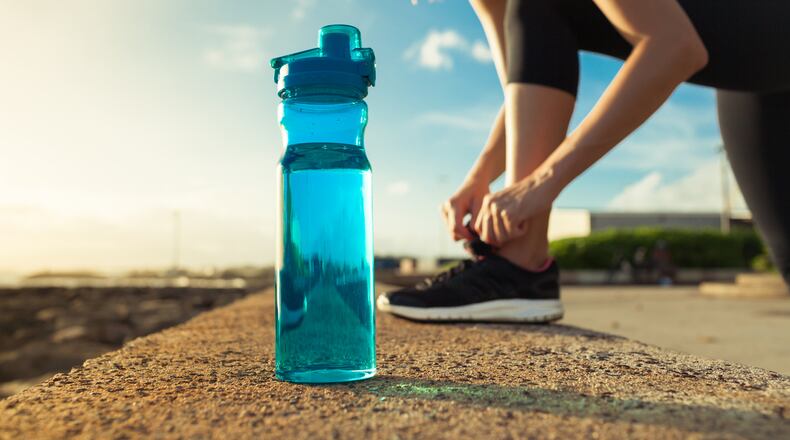UV rays are most intense during the middle of the day, usually between the hours of 10 am and 4 pm. If you are unsure about the sun’s intensity, take the shadow test: If your shadow is shorter than you, the sun’s rays are the strongest, plan activities out of the sun during these times. If you must be outdoors, protect your skin. Apply sunscreen before heading outdoors, and reapply according to the manufacturer’s instructions, usually every 2 hours. Look for a broad-spectrum product with an SPF of 15 or higher that protects against both UVA and UVB rays. Unprotected skin can be damaged by the sun’s harmful UV rays in as little as fifteen minutes, and UV rays can pass through clouds.
If you’re heading out alone, it’s always a good idea to carry a cell phone and some form of personal identification and/or let someone know your plan. Many smart watches and cell phones have features related to safety in the event of an emergency, and this could easily end up saving your life.
Dress appropriately. Opt for clothing that is loose-fitting and avoid fabrics that retain heat, such as nylon, rubberized or plastic suits, sweatshirts, or sweatpants. Modern fabrics used with most workout clothes are designed to wick away moisture, making them a great choice. Wearing a hat, sunglasses and appropriate footwear are other good ways to protect yourself from heat and the sun’s harmful rays.
We all know the importance of staying hydrated. This is true no matter what the circumstance, but especially any time you are physically active in extreme temperatures. Your body is cooled mainly through the evaporation of sweat.
When humidity is high, perspiration does not evaporate as easily, which can cause your body’s core temperature to reach dangerous levels. Signs and symptoms of dehydration vary depending on the degree of fluid loss, and can include fatigue, dizziness, heart palpitations, confusion, inability to sweat, decreased urine output and dry mouth and/or swollen tongue.
Research has shown that losing two percent or more of your body weight through perspiration causes extra strain on the heart, making it more difficult to pump blood to working muscles. This can lead to cramping, fatigue, and if enough fluids are lost, illness such as heat stroke and heat exhaustion. Weighing yourself before and after exercise can help you to determine fluid loss. Here, the typical recommendation is to drink 20 to 24 ounces of water per pound of weight loss.
Marjie Gilliam is an International Sports Sciences Master certified personal trainer and fitness consultant. She owns Custom Fitness Personal Training Services LLC. Send email to marjie@ohtrainer.com.
About the Author
